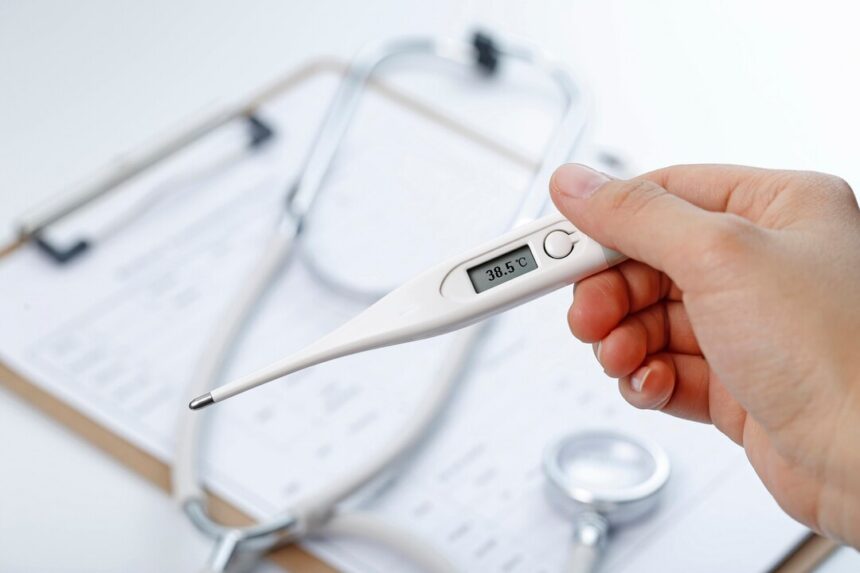Scarlet fever, also known as scarlatina, is a bacterial infection caused by Group A Streptococcus bacteria. While once a common and potentially serious childhood illness, scarlet fever is now relatively rare in many parts of the world due to advances in healthcare and antibiotics. However, it’s essential to be aware of the signs and symptoms of scarlet fever to seek prompt medical attention and treatment when necessary. Here are some key indicators to watch for:
1. Fever: One of the hallmark signs of scarlet fever is a high fever, typically above 101°F (38.3°C). The fever may develop suddenly and be accompanied by other symptoms such as chills, headache, and fatigue.
2. Rash: A distinctive rash is a classic feature of scarlet fever and usually appears within one to two days after the onset of fever. The rash typically begins as small red bumps on the chest, abdomen, and neck, resembling a sunburn. Over time, the rash may spread to other parts of the body, including the arms, legs, and face, and take on a rough, sandpaper-like texture.
3. Reddened Tongue: Another characteristic sign of scarlet fever is a red, swollen tongue with a “strawberry-like” appearance. The tongue may initially appear white or yellow with red bumps (papillae) resembling the seeds of a strawberry. As the infection progresses, the tongue may become progressively redder and swollen, with prominent taste buds.
4. Sore Throat: Scarlet fever often begins with a sore throat, which may be mild initially but can become increasingly painful over time. The sore throat is typically accompanied by difficulty swallowing, swollen tonsils, and enlarged lymph nodes in the neck.
5. Pastia’s Lines: In some cases of scarlet fever, red or purplish lines known as Pastia’s lines may appear in the folds of the skin, such as the armpits, groin, and elbow creases. These lines are caused by the pooling of blood in the small blood vessels and are considered a characteristic sign of the illness.
6. Peeling Skin: After the rash of scarlet fever fades, affected individuals may experience peeling or flaking of the skin, particularly on the palms of the hands and soles of the feet. This peeling typically occurs one to two weeks after the onset of the illness and may be accompanied by itching or discomfort.
7. Other Symptoms: In addition to the classic signs described above, scarlet fever may also cause other symptoms such as nausea, vomiting, abdominal pain, and swollen glands (lymphadenopathy). Some individuals may also experience a fine, sandpaper-like rash on the face, known as a “slapped cheek” rash.
It’s important to note that not all individuals with scarlet fever will experience all of these symptoms, and the severity of the illness can vary widely from person to person. Furthermore, scarlet fever can mimic other conditions such as strep throat or viral infections, so it’s essential to consult a healthcare provider for an accurate diagnosis and appropriate treatment.
If you suspect that you or your child may have scarlet fever based on the signs and symptoms described above, seek medical attention promptly. Scarlet fever is typically treated with antibiotics to eradicate the bacterial infection and alleviate symptoms. In most cases, prompt treatment leads to a full recovery without complications. However, untreated scarlet fever can potentially lead to more serious complications such as rheumatic fever or kidney inflammation (post-streptococcal glomerulonephritis), so early intervention is crucial.










